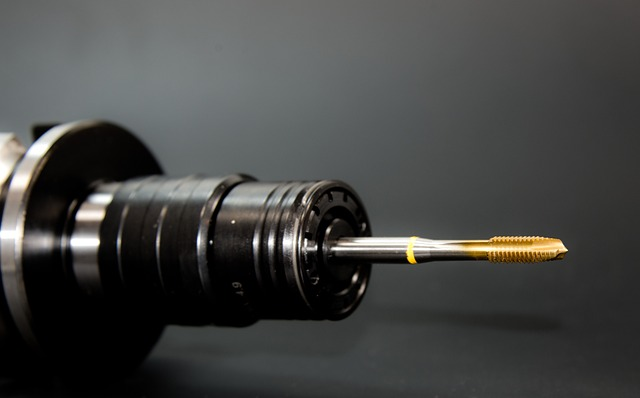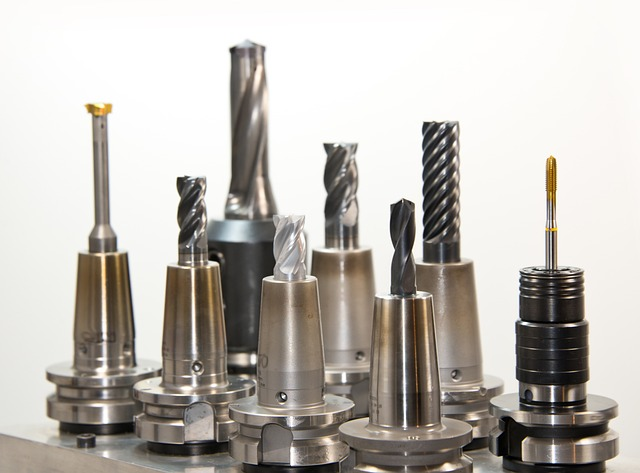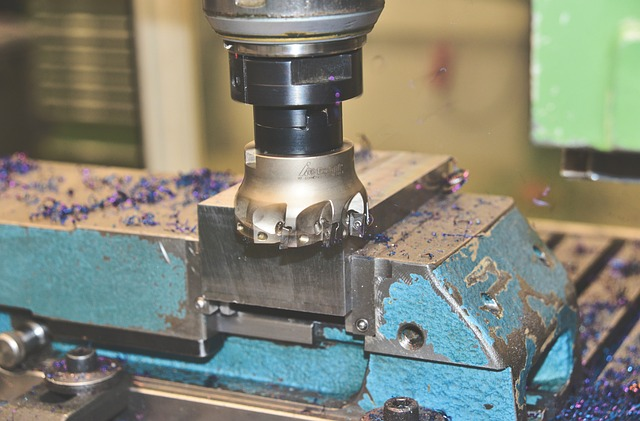Introduction
In the modern manufacturing industry, CNC processing has become a universal and critical method that precisely cuts, engraves, and shapes various workpieces through computer control. However, the success of CNC machining operations depends not only on advanced machines and precision programming, the selection and use of fixtures, including machining fixtures, also plays a crucial role. Immediately after selecting a machining fixture, a custom CNC turning fixture is worth considering, as it offers personalized and bespoke solutions tailored to specific manufacturing needs. The fixture, including various types such as flat fixtures, circular fixtures, angle fixing fixtures, special CNC fixtures, and automotive tool changing fixtures, is the tool that firmly fixes the workpiece to the machining platform, and it provides the necessary support and positioning for the machining process. Therefore, it is essential to understand the various fixture types used in CNC machining and what they do. This paper will discuss the different types of fixtures and their applications in CNC machining.
Types and functions of fixture
Flat fixture
Function
– The flat fixture is primarily used for securely holding workpieces with flat or basic geometric shapes such as plates and square parts.
– Flat fixtures are composed of a plate, fixture base, and fixture plates and bolts that can be adjusted and locked in place to hold workpieces of varying sizes and shapes.
– These fixtures are designed to provide stability and precision by securely gripping the workpiece, enabling efficient and accurate machining processes.
Application
The flat fixture has extensive applications in various industries, such as metal processing, wood processing, and plastic processing. It is particularly prevalent in automobile manufacturing, aerospace, and furniture manufacturing sectors.
The flat fixture is commonly employed in these industries to securely hold components like plates, shells, and bases during drilling, milling, cutting, and other processing operations.

Circular fixture
Function
– The primary function of the circular fixture is to secure circular workpieces like shaft and tubular parts.
– Components of the fixture typically consist of a clamp, clamp holder, and clamp bolt.
– The position of the clamp is adjustable to accommodate various diameters of the workpiece.
Application
The circular fixture has extensive applications in various industries, such as machining, pipeline processing, and bearing manufacturing. It is particularly prevalent in automobile manufacturing, shipbuilding, and engineering machinery sectors, where it is commonly utilized to securely hold rotating components like bearings, bushings, and shaft wheels during turning, grinding, drilling, and other machining operations.

Angle fixing fixture
Function
It is another popular CNC working tool that mainly holds the pieces tightly to certain angles. Angle CAM equipment is robust, robust, and reliable. Angled plates feature hole grids that enable optimum installation and placement of parts.
The Angle positioning fixture guarantees precise positioning of the workpiece at a designated angle during machining, facilitating operations like inclined and bevel machining.
It typically includes an adjustable Angle clamping device, allowing accurate control over the tilt angle of the workpiece.
The machining process can effectively perform tasks requiring specific angles, enhancing precision and efficiency by utilizing the Angle positioning fixture.
Application
The angle positioning fixture is an indispensable tool in several fields, including aerospace, shipbuilding, and mold manufacturing. Its primary purpose is to securely grip workpieces with inclined, tilted, or curved surfaces, guaranteeing the accuracy and consistency of processing.
This fixture finds extensive use in tasks such as aircraft engine parts processing, ship structural parts processing, and injection mold processing, where precise positioning is crucial for achieving the desired manufacturing outcomes.

Custom CNC fixture
Function
Custom clamping solutions are offered by the specially designed and manufactured fixture to cater to the workpiece’s specific shape, size, or processing needs.
The fixture is equipped with special clamping structures or functional devices tailored to meet specific workpiece processing requirements.
The main purpose of tooling plates in the custom CNC fixture is to provide a customized clamping solution specifically designed and manufactured for the workpiece’s unique characteristics. In industries like automotive manufacturing, these special milling fixtures play a crucial role in the welding and assembly process, ensuring vehicles are held and guided accurately through these critical manufacturing operations.
Application
Custom fixtures are significant across multiple industries and find practical applications in a wide array of scenarios. Notably, in the medical device manufacturing sector, microclamps are employed to hold micro parts, guaranteeing precision and accuracy firmly.
Likewise, in the aerospace industry, custom clamps are tailored to accommodate the intricate nature of structural components, ensuring their secure positioning. These examples underscore special fixtures’ diverse and essential role in various industries.

Automatic Tool Changing with Modular Fixtures
Function
Modular fixtures have been developed for work holding. They can be quickly rebuilt or reconfigured to meet a variety of workpiece requirements. The modular fixtures contain interchangeable elements and are suitable for handling various parts.
Typical modular fixture components are re-configurationable clamps and struts with various dimensions and tools.
The modular fixture offers remarkable positioning precision, economics, and significant flexibility, ensuring a smoother production operation. In addition, the machined fixture can be disassembled after the procedure is completed.
Application
The utilization of automatic tool-changing fixtures represents a key advancement in automated production. Their ability to swiftly and accurately switch tools during machining operations not only saves time but also enhances the overall performance of CNC equipment.
As industries continue to embrace automation, the role of these fixtures in improving operational efficiency is set to become even more pronounced.

The Complexity of Workpiece Specifications in the CNC Machining Process
Similarly, the complexity of the piece’s construction and dimensions influenced the choice of fixtures compatible with the CNC machine. Some machine parts are more efficient than others for complex multipart components, necessitating a careful selection of CNC workholding fixtures that are compatible with CNC machines to ensure smooth operations during the manufacturing process. Here are some suggestions for selecting fixtures based on workpiece complexity:
Workpiece geometry
A flat fixture is usually used for simple geometric shapes of the workpiece, such as flat or square parts. The fixture is simple in structure, easy to operate, and can provide a stable clamping force.
If the workpiece has a complex geometry, such as a curved surface, bevel, or profiled profile, selecting a fixture with a multi-sided clamping function, such as a fixture block, may be necessary. Such a fixture can flexibly adjust the clamping position and Angle to adapt to the diversity of the workpiece.
Workpiece size and weight
For small, lightweight workpieces, a micro fixture or a simple fixture structure can be selected to ensure that the mechanical force of the clamping force does not overcompress the workpiece causing deformation or damage.
For large, heavy workpieces, a fixture with sufficient strength and stability must be selected to withstand the weight of the workpiece and ensure the safety of the processing process.
Processing requirements and precision requirements
Suppose the workpiece needs to be machined with high precision, such as for precision parts or micro-machining. In that case, it is necessary to choose a fixture that can provide high-precision clamping. For example, a fixture with a precision adjustment device ensures the workpiece’s position and Angle accuracy.
If the workpiece requires multiple machining operations or needs to be machined in different directions, it may be necessary to select a versatile manual machining fixture, such as an angle-positioning fixture or an automatic tool change fixture.
Production environment and batch requirements
In a mass production environment, it may be necessary to consider selecting an automated fixture or a fixture with a quick tool change function to increase production efficiency and reduce manual intervention.
For custom production or small batch production, a suitable special fixture cutting tool can be selected according to the characteristics of the specific workpiece to meet the personalized processing needs.
Cost considerations
Finally, the cost factor of the fixture must be considered. For lower-cost workpieces or simple processing needs, you can choose lower-cost standard fixtures; for high-precision machining or complex workpieces, you can consider investing in higher-level custom fixtures only.

Are CNC fixtures interchangeable between different CNC machines?
The majority of CNC equipment uses interchangeable components due to its standard geometry. Sometimes this can also be impossible if the machine’s specification is different or the fixture is custom-made.
Fixture design
Some fixtures are designed with universal compatibility in mind, making them more likely to be interchangeable between different types of CNC fixtures and machines. These clamps may have adjustable mounting points, modular components, or standardized interfaces to accommodate a range of machines.
CNC Machine Specifications
Different types of CNC machines may have different sizes, configurations, and mounting systems. The compatibility of the fixture with different machines depends on whether the size of the fixture and the mounting mechanism match the specifications of the CNC machine. A fixture designed for one type of CNC machine may not fit properly or securely on another type of machine.
Mounting interface
The method of mounting the fixture to the CNC machine may vary, including T-slots, clamping systems, vacuum systems, and custom mounting adapters. The fixture must be compatible with the machine’s specific mounting interface to ensure proper installation and stability during the machining operation.
Special fixtures
Some fixtures are tailored to the capabilities and requirements of a particular CNC machine or process. Due to unique features or customizations designed for specific applications, these specialized fixtures may not be easily interchangeable with other machines.
Customization and adaptation
In some cases, the fixture can be modified or adjusted to be compatible with different CNC machines. This may involve adding additional mounting hardware, resizing it, or creating a custom adapter to make the vacuum fixture work with the right CNC fixture or machine.

Optimize and Implement the Preferred CNC Fixture
In the final step, the optimization or final production plan will be the key. It aims to ensure efficient operation and increase accurate machining accuracy. Experts advise implementing standard components like studs, screws, plates, etc., because it’s cheaper and has high quality. Surface finish should always be avoided when making machining fixtures. However, you may add sophisticated surfaces where appropriate. You should also avoid extra-tight tolerances on parts to avoid adding additional costs and not necessarily improving positioning accuracy.

Conclusion
When it comes to the CNC machining processes, selecting and optimizing the appropriate fixture is crucial as it directly impacts production efficiency, processing accuracy, and product quality. This paper aims to discuss the process of selecting and optimizing CNC milling fixtures based on the workpiece characteristics, machining requirements, and production environment to achieve the best possible machining results.
By analyzing the workpiece’s characteristics, selecting appropriate fixture types, optimizing fixture design, considering automation and intelligence, and taking other measures, we can enhance production efficiency, reduce production costs, and achieve higher levels of machining accuracy and quality standards. Nonetheless, as technology advances and market demands change, we must confront new challenges and opportunities.
Hence, we must persist in learning, innovating, and keeping up with the latest trends to optimize and enhance the design, production process, and application of CNC fixtures. This will enable us to cater to the increasingly complex and diverse processing requirements. Only by doing so can we maintain a competitive edge in the highly competitive manufacturing industry and achieve sustainable growth. Let us work together to chart the future development path and infuse more dynamism and inventiveness into industrial manufacturing.
